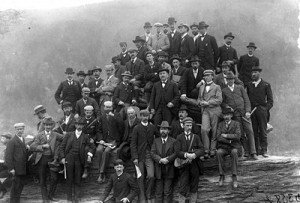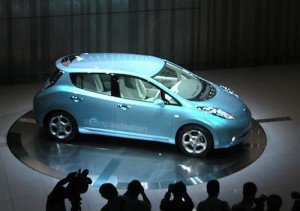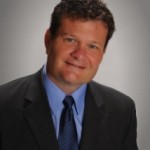 The Geological Society of America(GSA) recently celebrated the completion of a 65 kW solar energy system atop its Boulder, CO headquarters. Through it’s more than 22,000 members from academia, government, and industry in more than 97 countries the GSA encourages cooperative research among earth, life, planetary, and social scientists. The new array currently provides 35 percent of the annual electric consumption for the building, avoiding the emission of over 160,000 lbs of carbon dioxide each year. By January 2011 the building will use 100% solar and wind renewable energy for it’s source of electrical power.
The Geological Society of America(GSA) recently celebrated the completion of a 65 kW solar energy system atop its Boulder, CO headquarters. Through it’s more than 22,000 members from academia, government, and industry in more than 97 countries the GSA encourages cooperative research among earth, life, planetary, and social scientists. The new array currently provides 35 percent of the annual electric consumption for the building, avoiding the emission of over 160,000 lbs of carbon dioxide each year. By January 2011 the building will use 100% solar and wind renewable energy for it’s source of electrical power.
“It is very exciting to work with the GSA,” said Andrew McKenna, COO of Bella Energy the company that installed the solar power system. “My family has had a close connection to the organization for many years, as my father was a long-standing member. It is great to see that Bella Energy can help the GSA save money on electrical costs, and continue its environmental leadership efforts.” GSA Executive Director Jack Hess said “We are grateful for the availability of local funding from Xcel Energy and the City of Boulder to make this first of many investments in renewable energy possible for GSA. The Society is committed to demonstrating environmental leadership and we want other commercial and nonprofit entities to know that this funding exists.”
The Geological Society of America was founded in 1888. Through its meetings, publications, and programs, GSA enhances the professional growth of its members and promotes the geosciences in the service of humankind.










